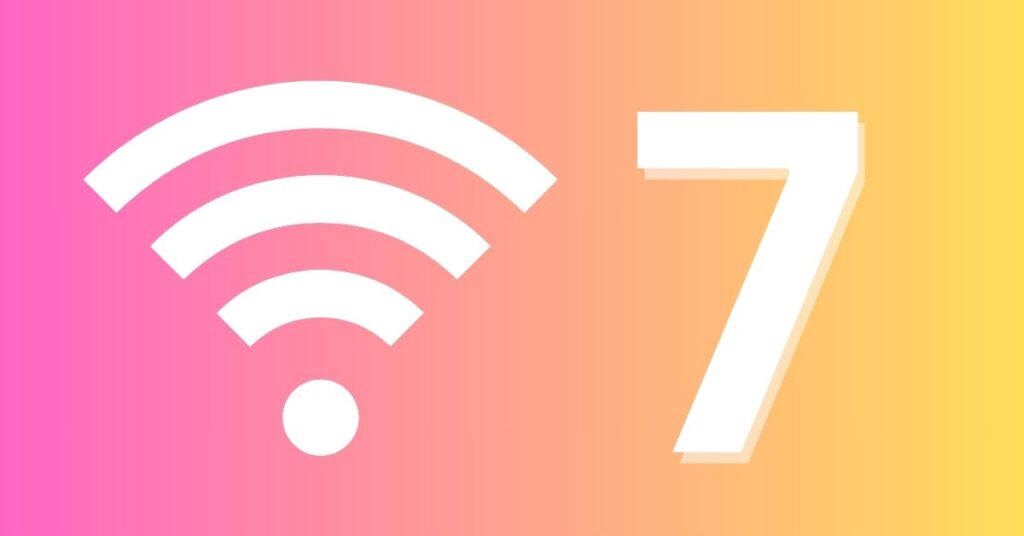Although the upcoming Wi-Fi 7 generation is superior to Wi-Fi 6E, there isn’t really much of an incentive to buy a new router just yet.
It’s time for all of you to gird your browsers because Wi-Fi will soon receive another update. That’s correct: Wi-Fi 7 is taking over around four years after Wi-Fi 6 made its debut and two years after Wi-Fi 6E did the same. I am also really exhausted from having started my career reviewing routers.
Okay, but really, because Wi-Fi 6E unleashed the wide-open areas of the 6GHz band, Wi-Fi 7 may have an even greater speed improvement than Wi-Fi 6E. It is also expected to utilize additional techniques to accelerate processes and introduce novel approaches to reduce network latency and breakthrough interference.
Does every single thing sound familiar? Most likely because the main selling points of Wi-Fi 6 and 6E have been their capacity to block interference and, in the case of 6E specifically, their enhanced speed (provided that your device is compatible).

What is Wi-Fi 7?
Consider Wi-Fi 7 as what Wi-Fi 6E was to Wi-Fi 5 and Wi-Fi 6 as being to Wi-Fi 7E. Like Wi-Fi 6E, it still uses the 2.4GHz, 5GHz, and 6GHz bands for operation, but it does better thanks to more potential bandwidth (faster downloads), connection bundling across bands (faster downloads and greater reliability), and increased use of signal modulation techniques to alleviate congestion.
While Wi-Fi 7 is being marketed in part to provide 8K video to you, This makes me a little skeptical. A compressed 8K broadcast would be small enough for the majority of contemporary routers to manage, even if 8K streaming were widely used.
In actuality, will Wi-Fi 7 be faster?
It will, indeed. A “typical” Wi-Fi 7 laptop might theoretically reach a “potential maximum” of about 5.8Gbps, according to Intel. However, most individuals wouldn’t even be able to reach half of that speed.
Channel bandwidth, or the diameter of the conduit that data is forced through, is mostly what speeds it up. The maximum channel bandwidth on Wi-Fi 7 is doubled to 320MHz from 160MHz on better Wi-Fi 5, 6, and 6E routers. More data can fit in this larger conduit. That’s really simple, but those large channels are only supported by the 6GHz spectrum; the 5GHz band isn’t big enough.
The revised specification also includes support for Multi-Link Operation (MLO), a feature that allows bands to be combined into a single connection. For example, if you can download a file at 700 Mbps on the 5GHz band and at 1 GHz on the 6GHz band, you may be able to combine the two to download at 1.7 GHz. It also implies that your device may simply switch back to the other connection if one of those stops functioning for whatever reason. When we test Wi-Fi 7 routers and devices together, it will be interesting to see how well this actually functions.
Wi-Fi 7 also doubles the number of MU-MIMO spatial streams: simultaneous streams to and from other devices. Wi-Fi 6 supports 8 x 8 MU-MIMO, which means a router with eight antennas can talk to eight devices (or one device with eight antennas) and can transmit as many as eight simultaneous streams to each device. For Wi-Fi 7, it’s 16 x 16, but don’t get too excited. Consumer-grade Wi-Fi 6E routers, even pricey ones like Netgear’s Nighthawk RAXE500, generally offer 4 x 4 MU-MIMO, despite the 6E standard being capable of more. It’s also hard to find phones, laptops, and other Wi-Fi-enabled devices that do better than 2 x 2 MU-MIMO.
Can I trust my smart home with Wi-Fi 7?
Although the smart home has improved with time, in a congested wireless environment, gadgets can still be slow or even unresponsive. The Wi-Fi 7 specification has some characteristics that might come in handy in the future.
When will I get Wi-Fi 7 on my devices?
You may now purchase Wi-Fi 7 routers, as I said before. However, you shouldn’t buy one right now because just a small number of devices are compatible with the standard, which is still in the early stages of development.
However, the chips are already available. In 2022, Qualcomm announced their FastConnect 7800 mobile wireless chipset, which is already included in some phones, such as the Samsung Galaxy S23 Ultra. However, in order for such phones to function with Qualcomm’s FastConnect 7800, Samsung must activate Wi-Fi 7.
The 16-inch Acer Swift Edge laptop is also Wi-Fi 7 compatible, and Intel’s BE200 Wi-Fi 7 network card should be available by the end of 2023. The other big manufacturers should begin to release additional PCs that meet the standard throughout the course of the following year.



